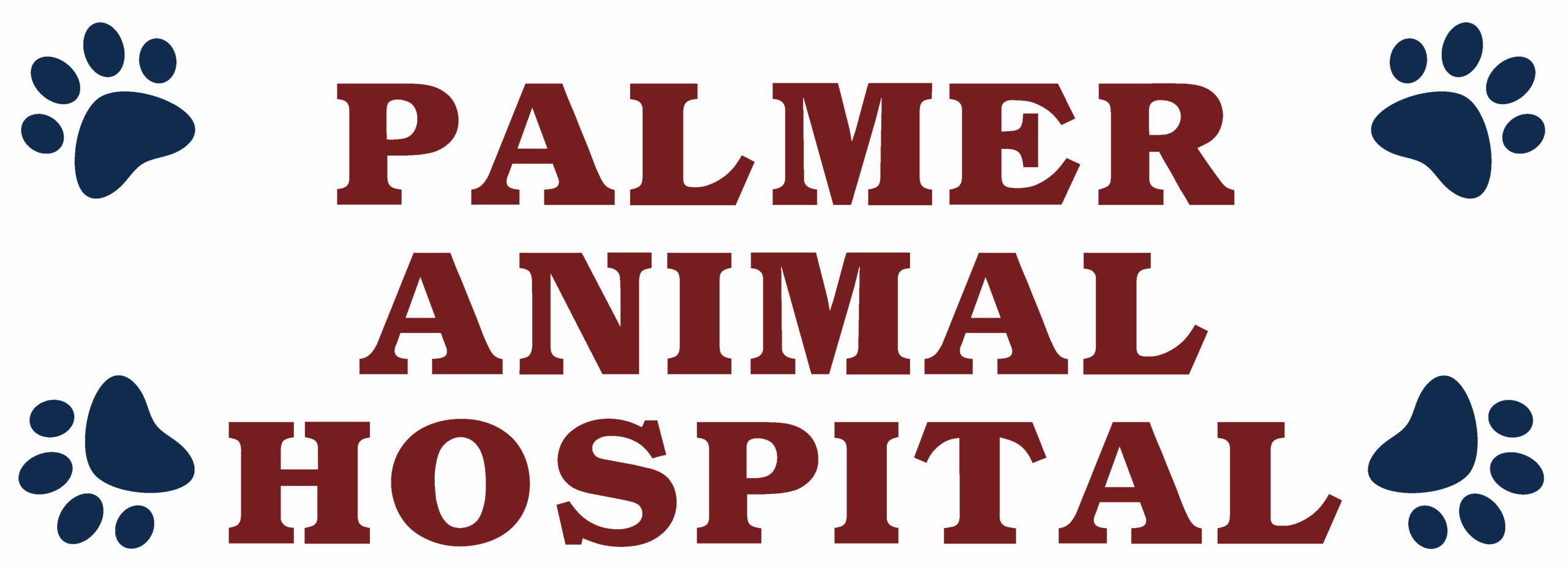The veterinary medicine field has grown by leaps and bounds with the introduction of new technologies, allowing veterinarians to make a faster and more accurate diagnosis. New technologies have not only improved the outcome for many pets, but also made veterinary care more affordable for owners and accessible to patients. Now, more than ever before there is better health care available to patients in a general practice allowing veterinarians to better treat patients and ultimately increase the likelihood of a positive outcome. Here are some of those technologies available today.
Magnetic Resonance Imaging:
Magnetic Resonance Imaging or MRI uses magnetic fields and radio waves to create detailed images of organs and soft tissues within the body. MRI technology has been extremely impactful in examining the brains of animals as well as orthopedic and soft tissue damage in a variety of animals. MRI Scans are the main diagnostic tool for neurologists in finding brain and spinal cord injuries, brain tumors, head trauma, degenerative neurological conditions, examining the inner structures of the eye, and other parts of the nervous system. In addition, getting MRI scans before orthopedic procedures can allow veterinarians to better pin point the location of an injury and improve the chances of surgical success. While it can be positively used, animals must be under anesthesia as they have to be completely still for the technology to be successful.
Ultrasound:
A less expensive and more accessible option to MRI technology is ultrasounds. Ultrasound units use sound waves higher than the frequency humans can hear, to examine internal organs and tissues. Ultrasound technology is useful for a variety of purposes, most commonly to examine patients with heat murmurs or defects, and has become even more accessible with the introduction of small, portable ultrasound units.
3-D Printing:
3-D printing has recently been used to create bone structure or other internal structure models to better understand a patient’s anatomy prior to operating, and increasing the likelihood of a successful procedure. 3-D printing can also be used to create prosthetics and other structures to increase the quality of life of pets with severe injuries.
Recombinant DNA:
Recombinant DNA has allowed for several biotechnological advances including gene therapy, which allows veterinarians to help treat genetic diseases and abnormalities ailing their patients. In addition, a more complex understanding of rDNA has allowed for quicker, and increased production of many drugs and pharmaceuticals including insulin. This in turn has decreased the cost of those medications, making them more widely accessible to all pet owners.
Technology has already changed the veterinary medicine field in a matter of several years and will likely continue to do so in the future. More accessible technologies have allowed veterinarians to better diagnose, and more effectively treat patients with a variety of illnesses which in turn, has made them more accessible for clients and their beloved pets.




